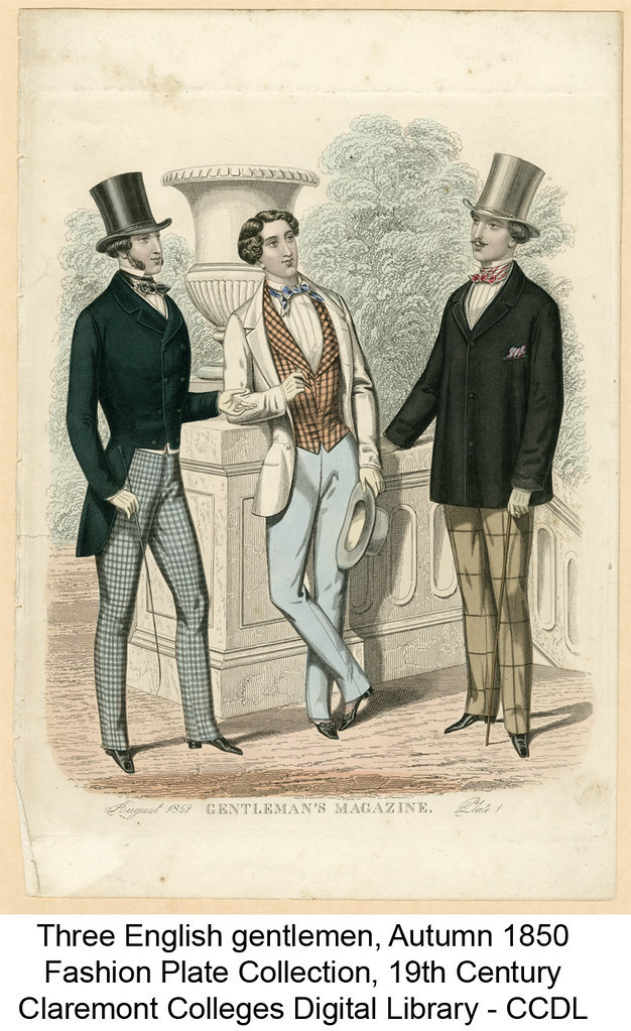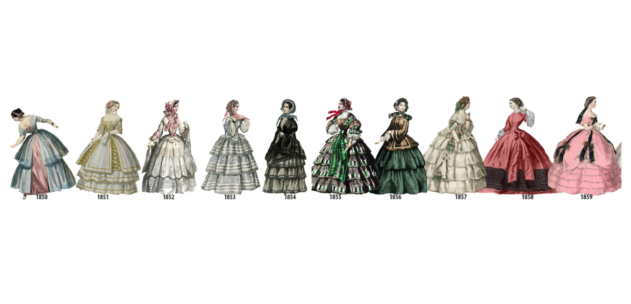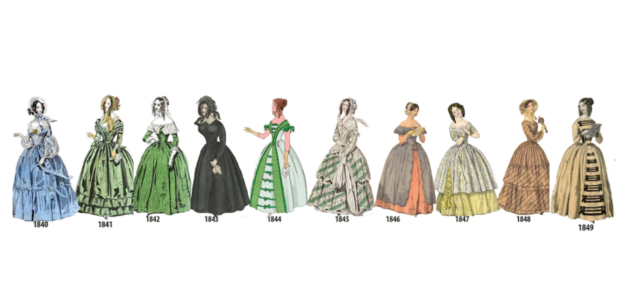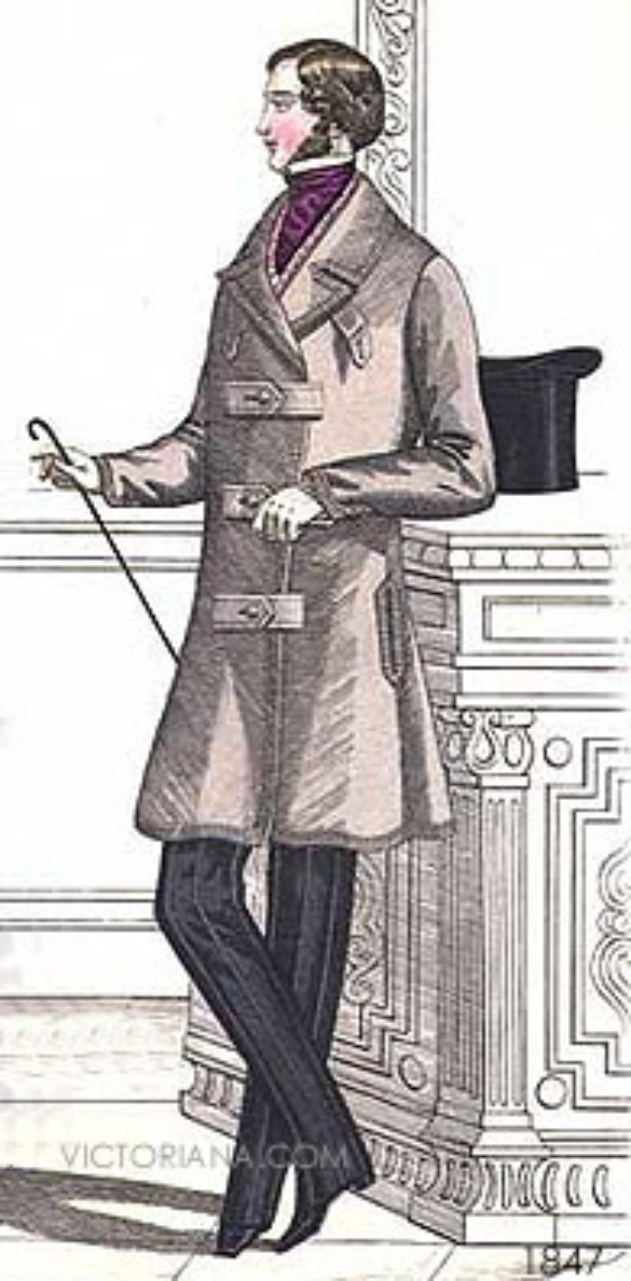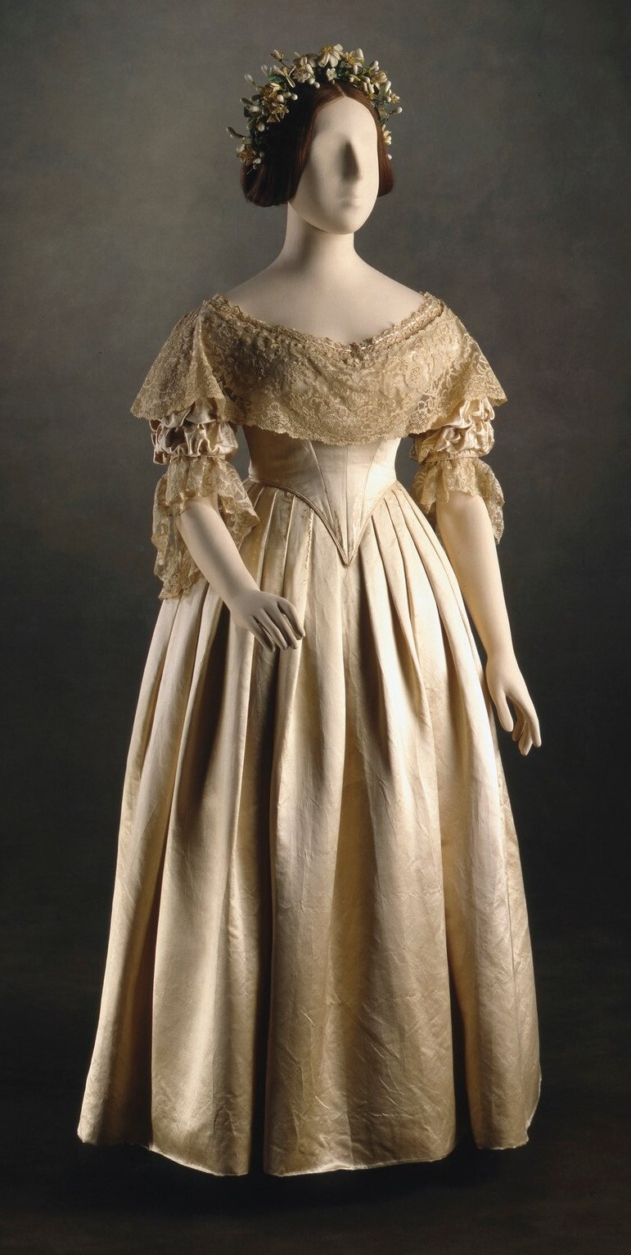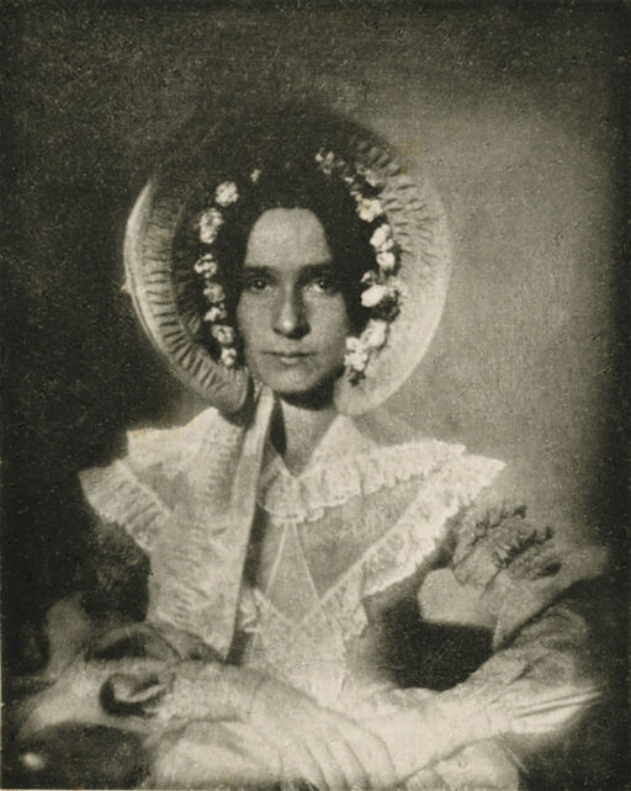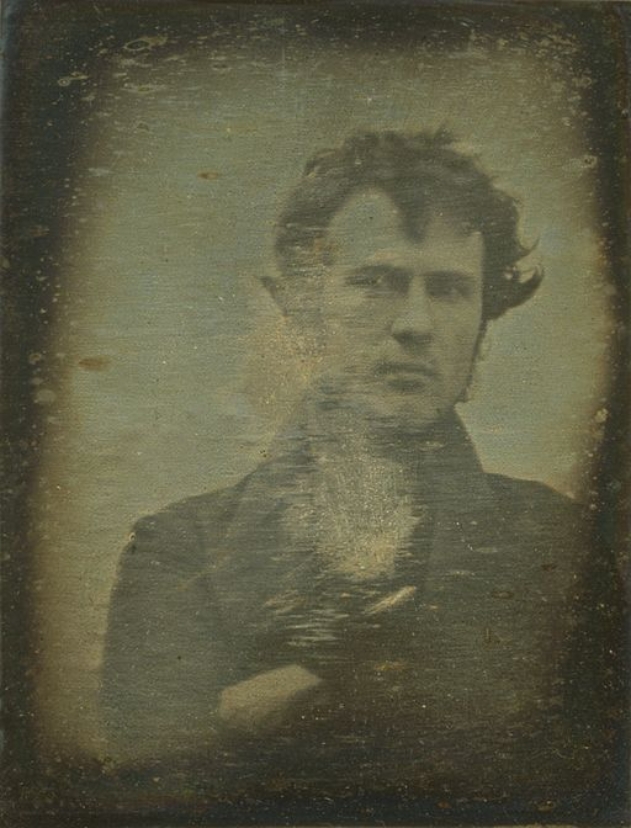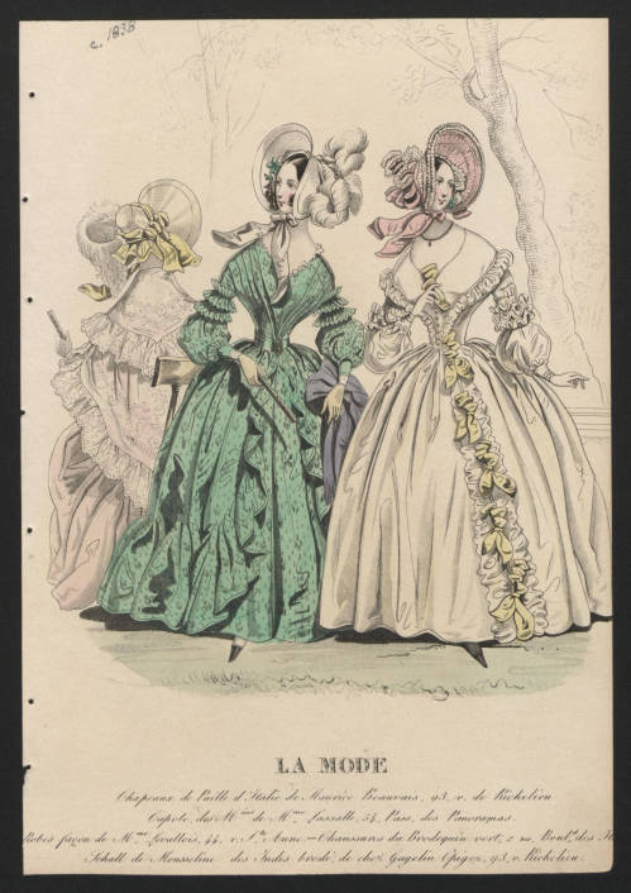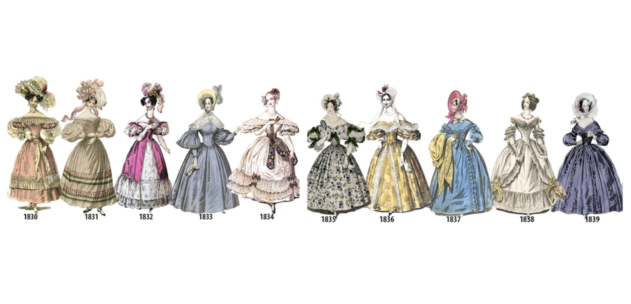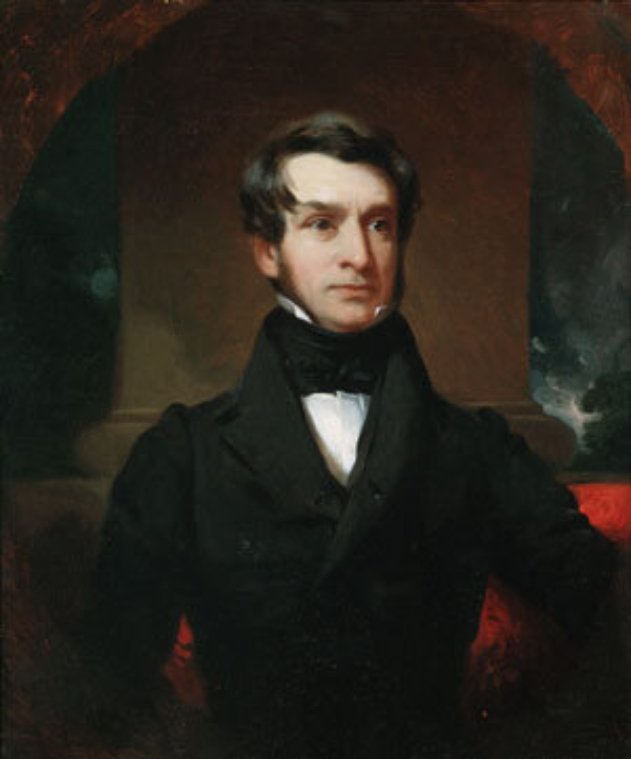How to date COLOUR photographs using fashion
In this series of blogs about ‘dating photography from fashion’, we have now arrived at the 1860s.
This was a decade where women’s fashion was characterised by full skirts which relied on crinolines and hoops; but also, conversely, by the influence of the ‘Artistic Dress’ movement which rejected Victorian trends in favour of beautiful materials and simplicity of design.
In men's fashion, the three-piece ditto suit of sack coat, waistcoat, and trousers in the same fabric, emerged as a novelty.
And by this decade, some huge advances had also been made in photography, including improved processes and the creation of the world’s first portable camera (although a commercial version did not appear for a further three decades).
However, the race was still on to produce the first colour photograph – a quest that involved many scientists, inventors and businessmen! There was high demand for portraiture among our middle-class ancestors – a demand which could not be met in volume and in cost by oil paintings – so the first person to produce a colour photograph could expect to reap the rewards.
But – spoiler alert! – despite several attempts, colour photography as we know it did not begin to appear until the 1890s.
‘Colour’ photography in the 1860s
So, if the advent of colour photography was still 30 years away, how come there are ‘colour’ photographs dating back to the 1860s? I have one of these myself: a picture of my great, great grandmother, which I know was taken around the time of her wedding in 1868 (see below).
There is a fascinating explanation. Photographers were eager to give their customers what they wanted, and they had given up waiting for the scientists and experimenters. They took the matter into their own hands (literally) and began to add colour to their monochrome images. They employed artists who, with their skill and colour, were able to give the subject a more life-like and natural appearance.
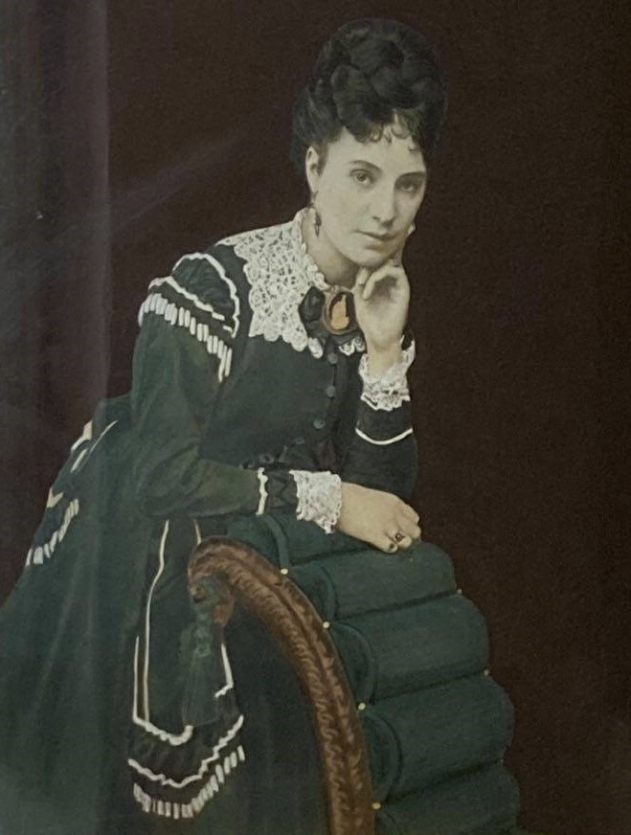
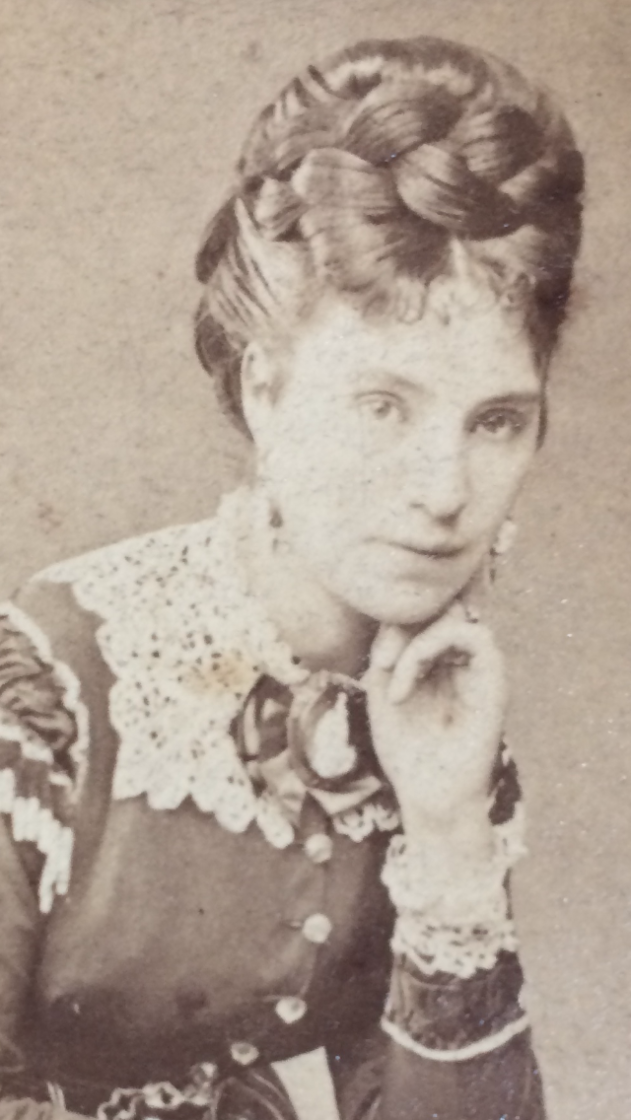
Photograph taken 1868 (the image on the right is the original black & white; the image on the left has been painted).
Clothes, hair, colours
That answers the question about my ‘colour’ photograph – but, if I didn’t already know when it was taken, could I date it from her appearance? Yes! The V&A website tells me that dresses in the 1860s featured tight bodices with high necks and buttoned fronts, and that white lace was popular for collars and cuffs. Towards the end of the decade, hair was dressed high at the back with complicated twists and rolls.
Wikipedia tells me that the shape of the dress had changed from bell-shaped to flat at the front and more projected out behind – and, while dress colours were generally ‘delicate shades’ in the first half of the decade, 'greens… and darker colours’ appeared in the latter part.
So, I think it’s safe to say my great, great grandmother’s photograph was taken in the late 1860s.
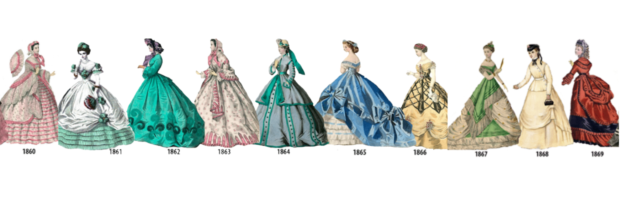
Male 1860s Fashion
But, what if you needed to date a similar ‘colour’ photograph of a man? The V&A website tells us that the fashion was for men's coats and jackets to be single-breasted and semi-fitted, extending to the mid-thigh. Waistcoats were often collarless and single-breasted, and trousers were occasionally cut from a narrow check cloth. High, starched collars were worn with cravats and neck-ties.
Hair was parted from the centre and moderately waved. A particular hairstyle, known as 'Dundreary whiskers' or 'Piccadilly weepers', was in vogue, which comprised long, pendant side-whiskers worn with a full beard and drooping moustache.
Look out for our next article on fashion in the 1870s: the decade in which we finally said farewell to the full-skirted fashions. If you're interested in the fashions of the 1850s, read our previous blog.
